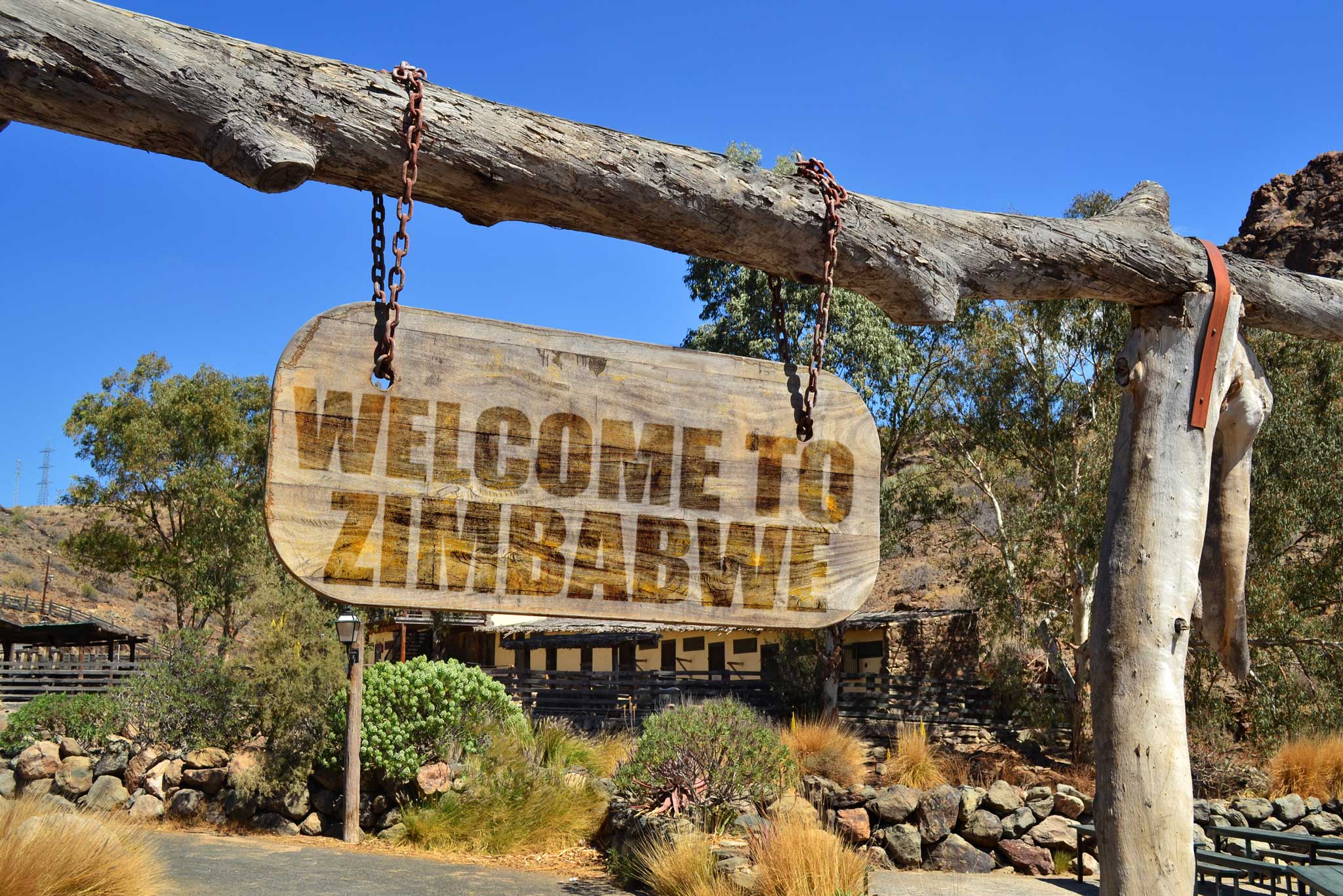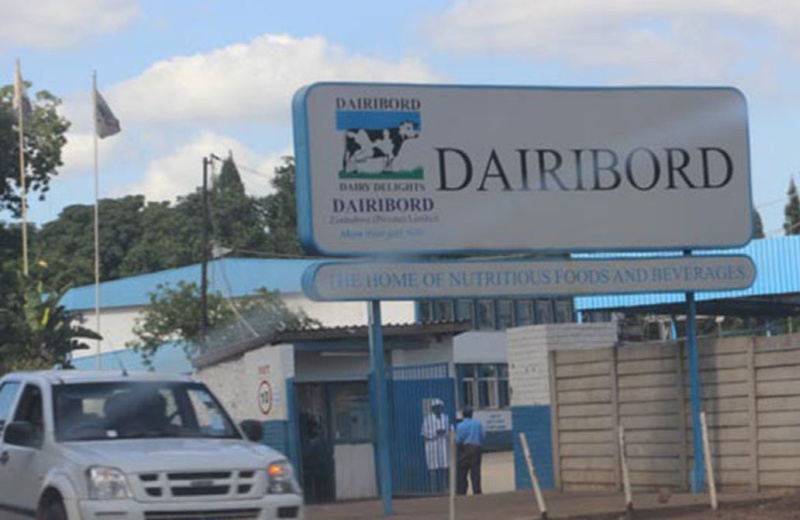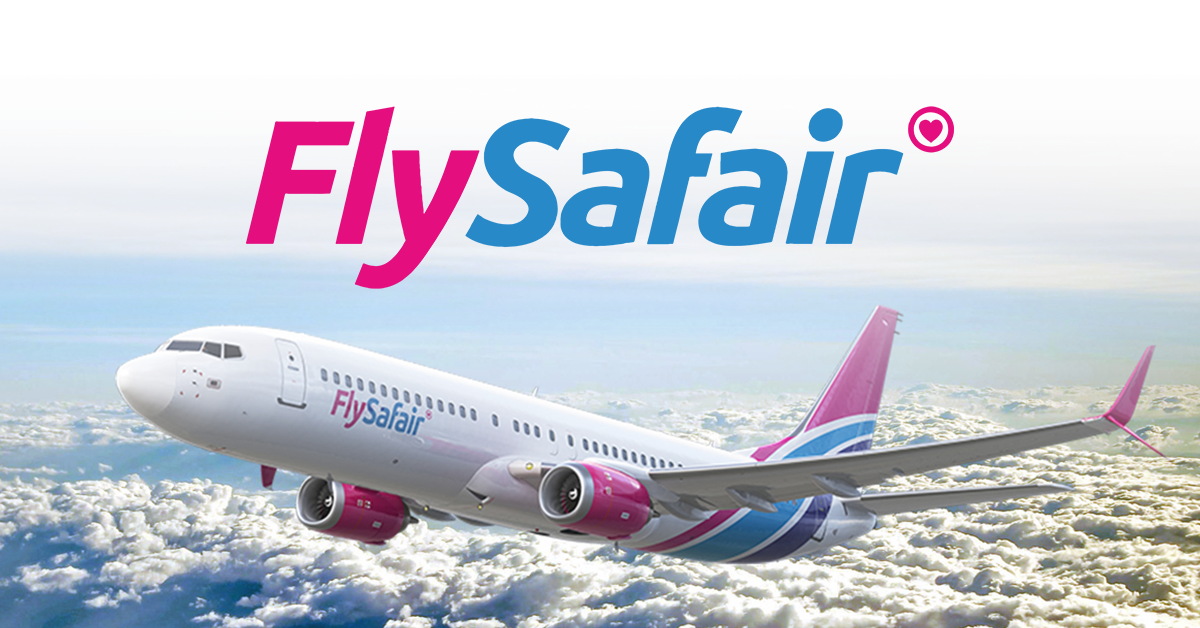EMA refutes Muzarabani villagers’ claim
The Environmental Management Agency (EMA) has refuted claims by communities in Muzarabani around the Mavuradonha wilderness, that they were not consulted in the setting up of Makura 100 Chrome Mine in the area.
EMA’s Mashonaland Central education and publicity officer Mr Maxwell Mupotsa said the first certificate issued by EMA was in 2015 and had three special conditions.
However, because of the dynamic environmental issues and changes on the renewal of the licence, three additional conditions were added after considering Muzarabani Rural District Council’s input.
“These were communicated to the RDC so that they could also monitor compliance and in any case of non-compliance, they would inform EMA.
“The current conditions on the Environmental Impact Assessment (EIA) certificate emanated from the memorandum of agreement from the initial application done by the RDC and the proponent Afrochine,” he said. In the province, this is not the first project to operate in harmony with wildlife zones, with stipulated demarcations and ways of operating which allow mutual conservation benefits,” said Mr Mupotsa.
This also promoted multiple GDP sources for both the province and the nation in line with National Development Strategy 1 on mineral extraction as long as it was being done in an environmentally sustainable manner.
EMA was committed to continuous monitoring of operations of the proponent against the set conditions in the certificate of the EIA to ensure compliance and sustainability.
“We are to communicate on issues or any developments which affect the environment and will assess and make definable action. We urge members of the public to verify facts with us first and not base issues on opinions and hearsay.”
Makura 100 is a chrome mining project located in Mavuradonha wilderness area in Muzarabani and is owned by Afrochine Smelting.
The mine comprises one mining block on approximately 150 hectares and the chrome mineral deposit being targeted is in pod form, with processing being done off site.
“The developer submitted a prospectus report in 2013 and the EIA report in August 2013. An EIA certificate was then issued to the developer on 29 July 2015,” he said.
“The project is located in a Campfire area which the local authority also leases out to safari operators. The developer recently renewed the EIA certificate, which was issued in May 2021 with conditions.”
“We note with great concern the issue of interviews with a community representative saying they were not consulted,” said Mr Mupotsa.
The EIA renewal process was not the same with the EIA first submission as wider stakeholder consultations were done on the initial submission but for renewal, the landowner was the key stakeholder consulted, in this case the RDC.-herald.clz.w










